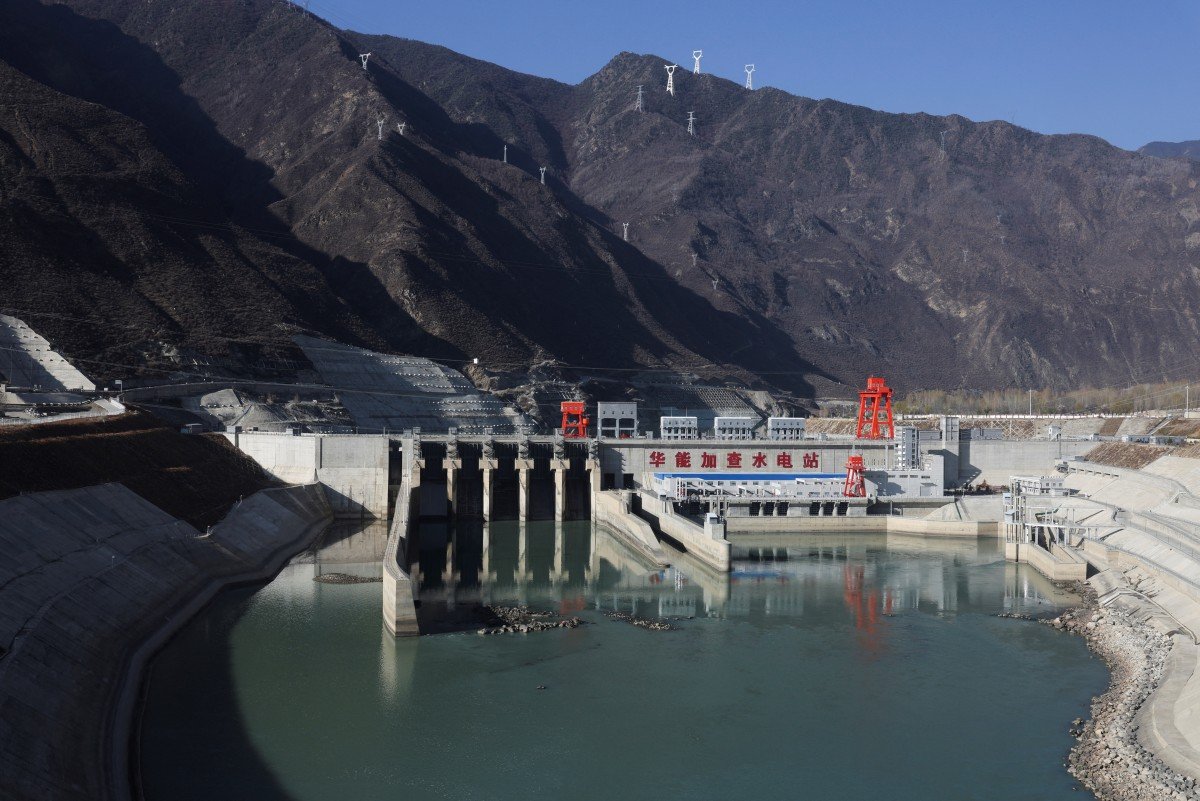Beijing (TDI): China’s Premier Li Qiang announced that the construction of the world’s largest hydropower dam, which costs at least $170 billion, has begun and is located on the eastern rim of the Tibetan Plateau.
This is China’s most significant hydropower project since the Three Gorges Dam on the Yangtze. The project has five cascade hydropower stations, which produce 300 billion kilowatt-hours of electricity annually, which is almost the amount of electricity that was consumed by Britain last year.
The dam is located in the lower reaches of Yarlung Zangbo. It is also reported that in this project, a section of the river tumbles 2,000 meters (6,561 feet) in a span of 50km (31 miles), offering huge hydropower potential.
Bangladesh and India have raised concerns over the possible impacts on the millions of people who live downstream, but Beijing has said that the dam is being constructed to help meet the electricity demand of Tibet and China without posing a major impact on downstream waterways or the environment.
The Chinese premier called the dam a “project of the century” and said special focus “must be placed on ecological conservation to prevent environmental damage,” Xinhua said on Saturday.
Read More: Dialogue with China Key to Economy and Regional Stability: Australia
The hydropower project is currently overseen by the state-owned China Yajiang Group, which leads to a major public investment to help boost economic growth.
It is reported that Citi said in a note, “Assuming 10 years of construction, the investment/GDP boost could reach 120 billion yuan ($16.7 billion) for a single year; the actual economic benefits could go beyond that.”
So far, Beijing has not provided information regarding the number of jobs, the hydropower project is going to create. The Three Gorges Project, which took almost two decades to be completed, generated millions of jobs.
The Yarlung Zangbo basically becomes the Brahmaputra River when it flows towards south into India, leaving Tibet and finally into Bangladesh.
An IR student whose interest lies in diplomacy and current affairs and a part time debater




